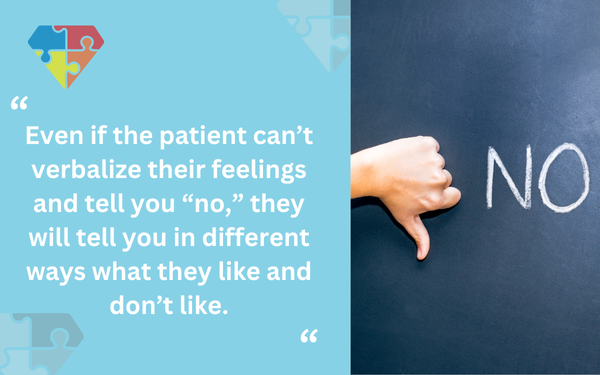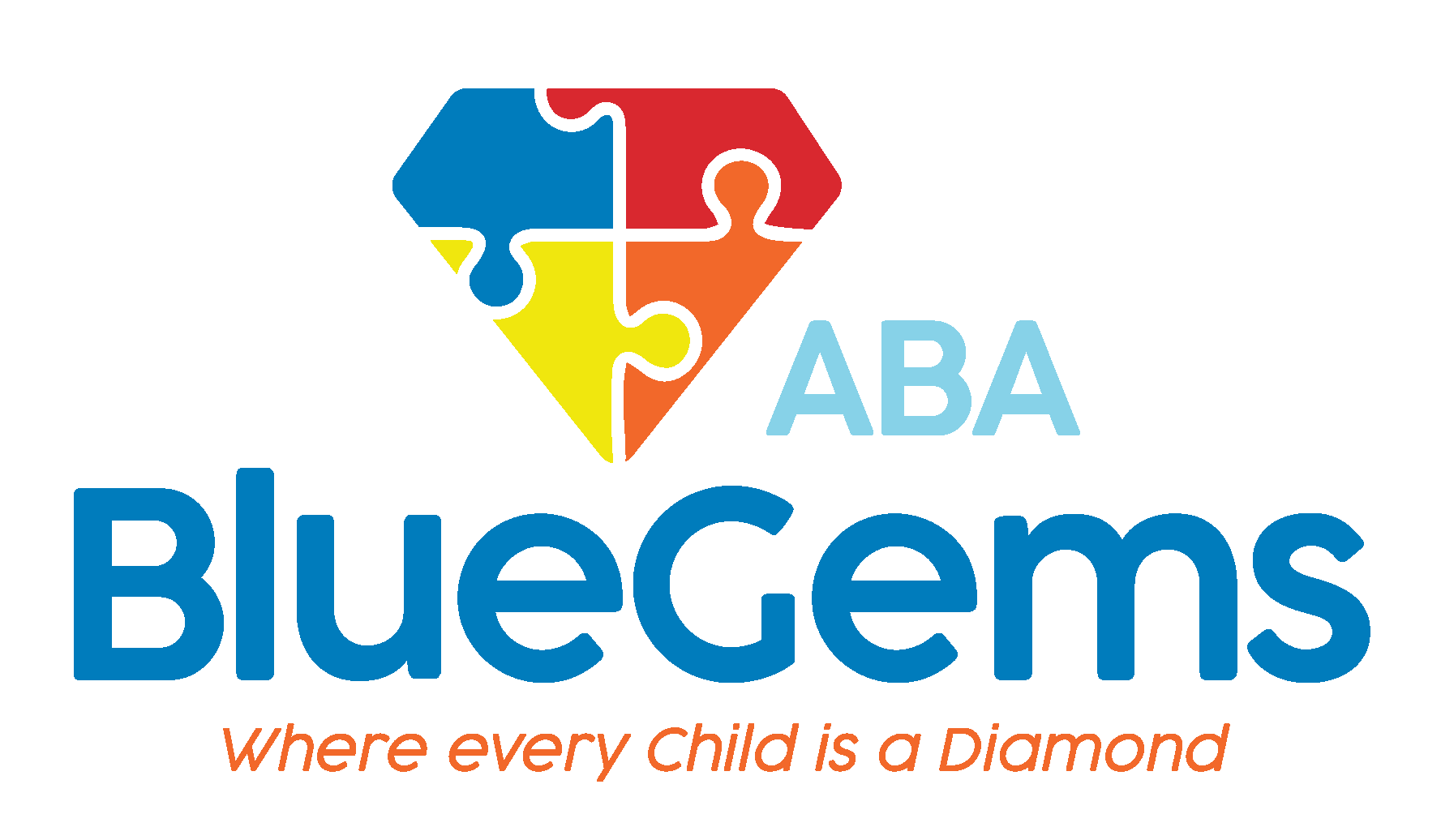Respecting When a Child Says ‘No’
Autonomy is an important part of development. Being able to make your own decisions and control your own actions are vital aspects of learning to navigate the world and live independently.
For children with autism spectrum disorder (ASD), achieving autonomy might be more complicated, but that doesn’t mean it’s any less important than it is for their neurotypical peers.
That being said, respecting autonomy is a key ethical principle of applied behavior analysis (ABA therapy), which is the gold standard of treatment options for children on the autism spectrum.
In this article, we’ll discuss respecting autonomy in ABA and what therapists, parents, caregivers and others should do when a child with ASD says “no.”
| Key Takeaways |
|---|
| Autonomy is essential in childhood development, including for children with ASD. |
| ABA therapy must respect and promote client autonomy at all times. |
| Therapists should adapt therapy methods based on each child’s unique responses and preferences. |
| Children express refusal in many forms; it’s the therapist’s role to recognize and honor them. |
| Blue Gems ABA emphasizes ethics, dignity, and respect in all therapy interactions. |
Table Of Contents
What is Autonomy?
Autonomy is the ability to control your own life — acting independently of others and making informed decisions for yourself. It refers to the ability to manage yourself and the things in your life without unnecessary interference from someone else.
This includes being able to advocate for yourself, make personal decisions such as what clothes you want to wear, interact with others socially on an independent basis on your terms, and pursue work and manage your own finances.
While autonomy is a key aspect of living independently, and is something that’s stressed in childhood development, it’s not quite as simple for children on the autism spectrum. Some children with ASD, for example, may never be able to live independently, while others may need minor assistance doing so.
In other words, autonomy cannot be viewed as a one-size-fits-all approach, because full autonomy might work for one person but be detrimental to another.
That being said, it’s important to foster autonomy among children with autism, though that might look different than it does for others.
| Do | Don’t |
|---|---|
| Involve clients in decisions (when possible) | Force compliance without context |
| Observe nonverbal cues for discomfort | Ignore signs of distress or refusal |
| Promote choice and independence | Apply a one-size-fits-all therapy approach |
| Personalize reinforcement strategies | Use rigid reinforcement without flexibility |
How Should ABA Therapy Approach Autonomy in Children with ASD?
A basic ethical principle of ABA therapy is respecting autonomy of all clients. Individuals should have the right to make their own choices and decisions, and ABA therapy teams need to not only respect that right but promote it.
A great way to do so is to involve clients in as much of the decision making about their therapy as is possible.
To what extent this is done, of course, depends on the individual patient. After all, it would be nearly impossible to involve a 2-year-old child with autism in the decision-making process about their ABA therapy goals.
Still, ABA therapists need to prioritize the dignity of all their clients, no matter their age or developmental ability. Even if the patient can’t verbalize their feelings and tell you “no,” they will tell you in different ways what they like and don’t like.

A lot of this information will be gathered during the initial assessment and early ABA therapy sessions. Patients will either respond well or not well to certain stimuli, teaching strategies and positive reinforcement tools.
The job of the therapists, then, is to pay attention to this information and cater the ABA therapy experience to the patient’s unique strengths, challenges, needs and preferences. In this way, they’ll be respecting their autonomy.
Can ABA Therapy Teach Autonomy?
A major goal of all ABA therapy is to help patients live as independently as possible. Again, this might look completely different for one patient than it does for another, based on the severity of their autism symptoms, as well as their strengths, challenges and needs.
Even still, ABA therapists will work diligently with all patients and their family members to help them gain independent living skills, which in turn will teach and promote autonomy. This can range from making simple choices such as what clothes they want to wear for the day to more complicated choices such as what college they want to attend.
The important thing is that the approach to teaching autonomy, just like everything else in ABA therapy, is done on an individual and personalized basis. Doing so will ultimately not only teach autonomy but respect it.
Blue Gems ABA Upholds the Highest Ethical Principles
Respecting the autonomy of clients is one of the basic ethical principles of ABA therapy. Patients need to be respected to make their own choices and say “no” at times, even if the way in which patients do so may differ considerably from one to another.
At Blue Gems ABA, we uphold the highest ethical principles of ABA therapy. This includes teaching autonomy and respecting it, regardless of a patient’s age or abilities.
To learn more, please contact us today.
| Frequently Asked Questions (FAQ) |
|---|
| What if a child can’t say “no” verbally? Therapists must observe nonverbal behavior and respond appropriately. Autonomy can be expressed in many forms. |
| Is autonomy always achievable for all children with ASD? It varies. Autonomy should be pursued based on individual capacity and developmental stage. |
| How can ABA promote autonomy? By teaching daily decision-making, promoting independence, and honoring client preferences. |
| Is it okay to override a “no” from a child? Only when safety is a concern. Otherwise, refusal should be respected and understood in context. |
| How does Blue Gems ABA support autonomy? Through individualized plans, ethical practices, and respect for all forms of communication and choice. |




